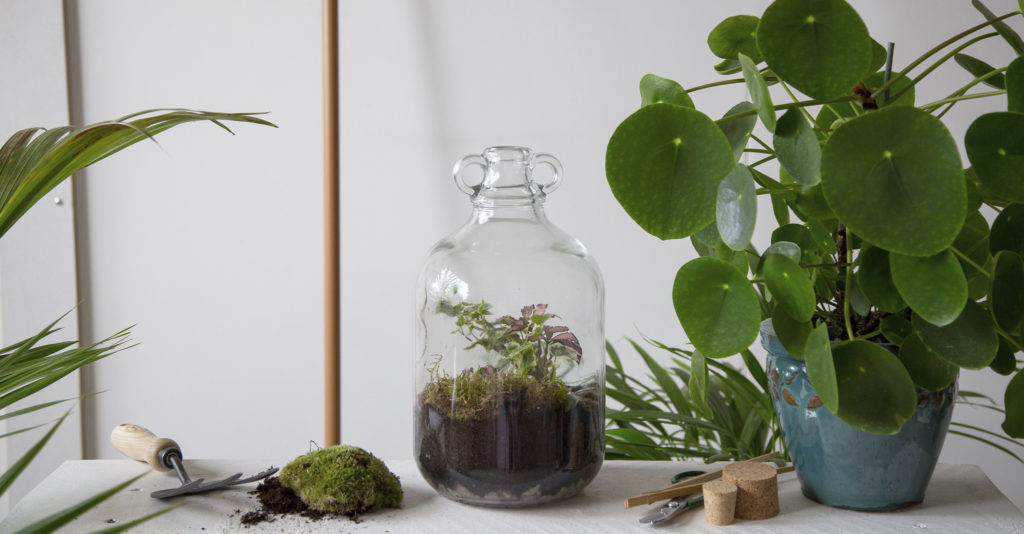Houseplants and terrariums are great ways to bring some low-maintenance greenery into your home. Plants positioned on shelves and incorporated into your interior scheme will uplift the room. Design objects in their own right, houseplants are right at home in any room. From bedrooms and living spaces to kitchens and bathrooms, a well-positioned houseplant will never go amiss.
We spoke to Emma Sibley from London Terrariums to find out her top tips for looking after your houseplants.
Where do I position my terrarium?
Terrariums like to be kept out of any direct sun or heat. This is because the glass can act as a magnifying glass so any intense sun can quickly burn the plants. We suggest a bright spot away from south-facing windows and not on heated floors as this can also cook plants. As you’re dealing with living things, the plants need a certain amount of sun so they can photosynthesise. So make sure they’re in a room with natural light.
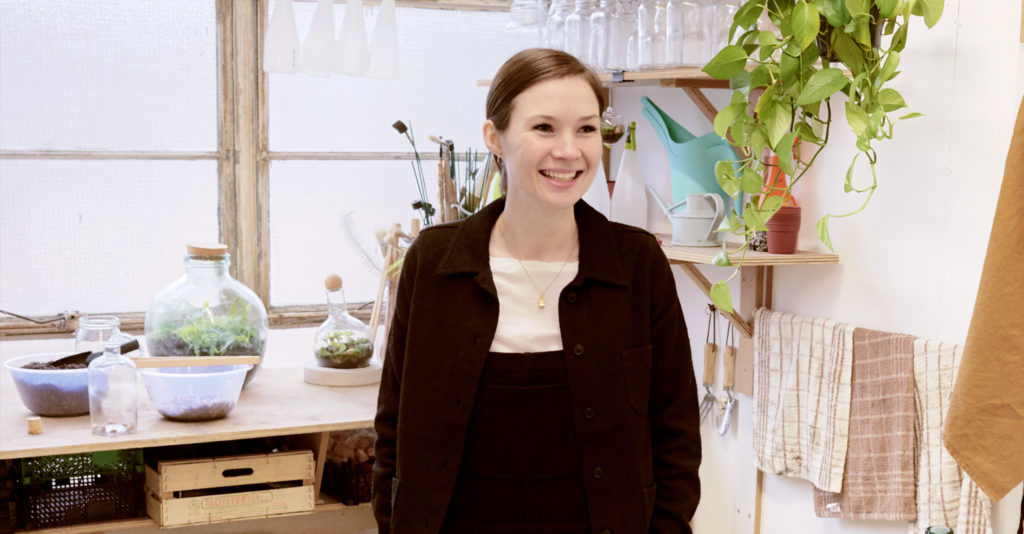
What if my home is short of natural sunlight?
The plants that we use in terrariums are all plants that like a low light anyway. But if you really don’t have much natural light, place for terrarium in the sunniest spot you have. If this still isn’t enough, you can supplement with grow lights or LEDs that simulate the rays of the sun.
How much should I water my terrarium?
When we have finished making your terrariums we give them a few sprays of water. After this our motto is ‘if in doubt, do not water’.
The beauty of closed terrariums is that they generate water themselves. As the plants photosynthesise, the heat and oxygen created condensate on the inside of glass causing stare droplets. This helps to create a really high humidity – the perfect environment for these tropical plants. You should see small water droplets gathering on the inside of the glass. As long as you continue to see these over the next months and years then there is no need to water.
If you’re worried that your terrarium is looking a little sorry then you can always introduce a little more water. Spritz it with one or two sprays from a spray bottle. It is so easy to over-water terrariums so steer clear from pouring any water in.
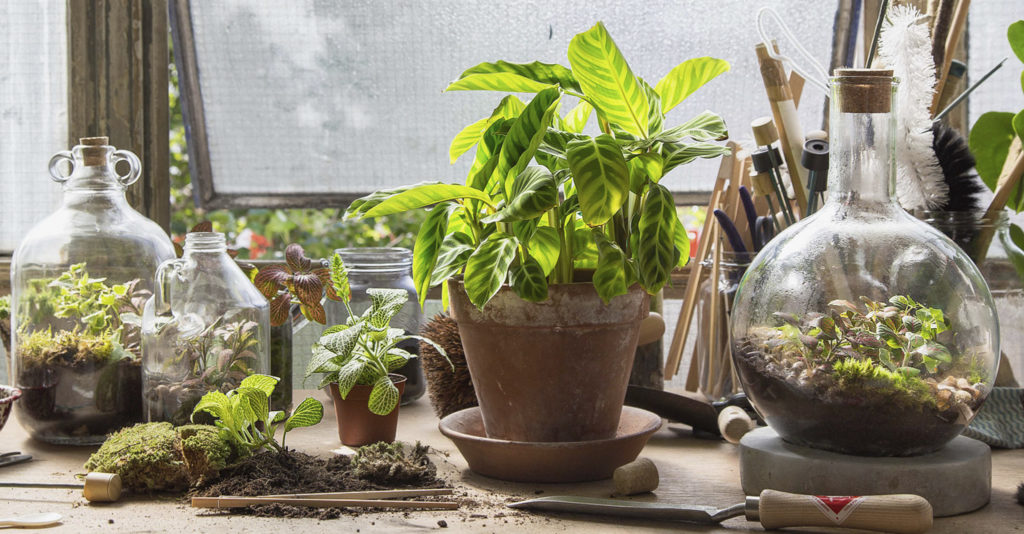
Is plant food necessary for houseplants and terrariums? If so, what kind?
For terrariums, plant food is not necessary, you want the plants to grow slowly and stay small. However, I would always suggest using plant food for your houseplants in spring when they all start growing again.
How regularly do I need to change houseplant pots?
Changing pots really depends on which plants you are dealing with. But once every two years for most medium houseplants should be fine. Smaller ones may need to be changed every year to ensure they don’t get root bound. You can tell is something is root bound when the roots start growing out the bottom of pots.
When houseplants get a bit larger they won’t need changing as often. You can just top up the top layer of compost with fresh compost to restore some of the nutrients. However, if you notice the plant getting bit top-heavy or root-bound then it may be worth re-potting.
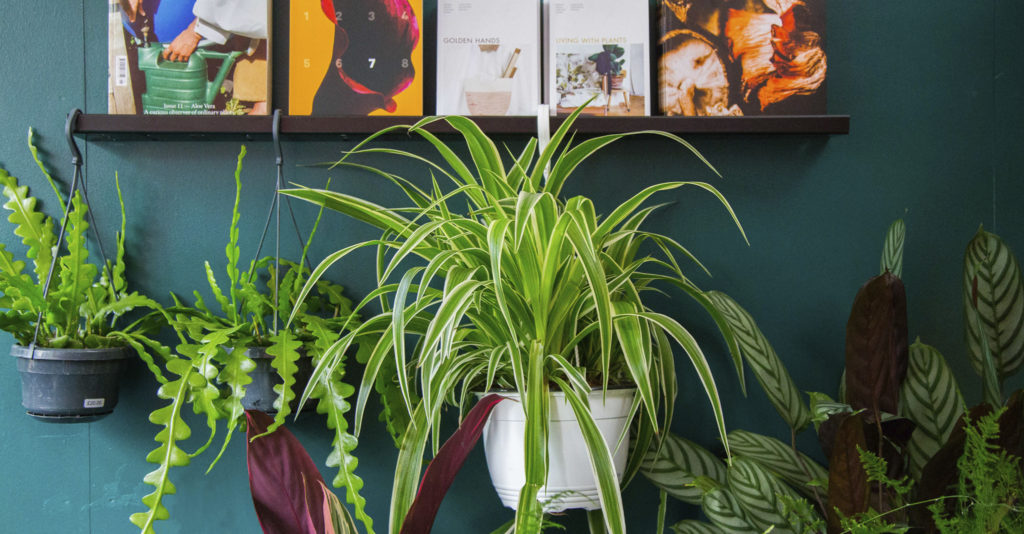
Do I have to trim my houseplants?
There are two main reasons why you may want to trim your houseplants, and both are to promote new growth.
Firstly, you should trim a houseplant if you notice any broken or damaged leaves or stems. Plants spend excess energy trying to repair these when it’s actually better to chop them off at the stem’s base. This energy can then be used towards strong and healthy new growth.
Secondly, you may want to trim your houseplants to train them. Something like a Rubber Plant may benefit from this. If you want it to grow tall and not bushy then trim any new side stems to promote growth upwards.
What houseplant is this?
The best thing to do is get your hands on a houseplant book. I’m going to promote my one now – you can pick up The Little Book of Houseplants and a flick through to find your plant. If it’s a bit more unusual, googling a description of the plant should also work.
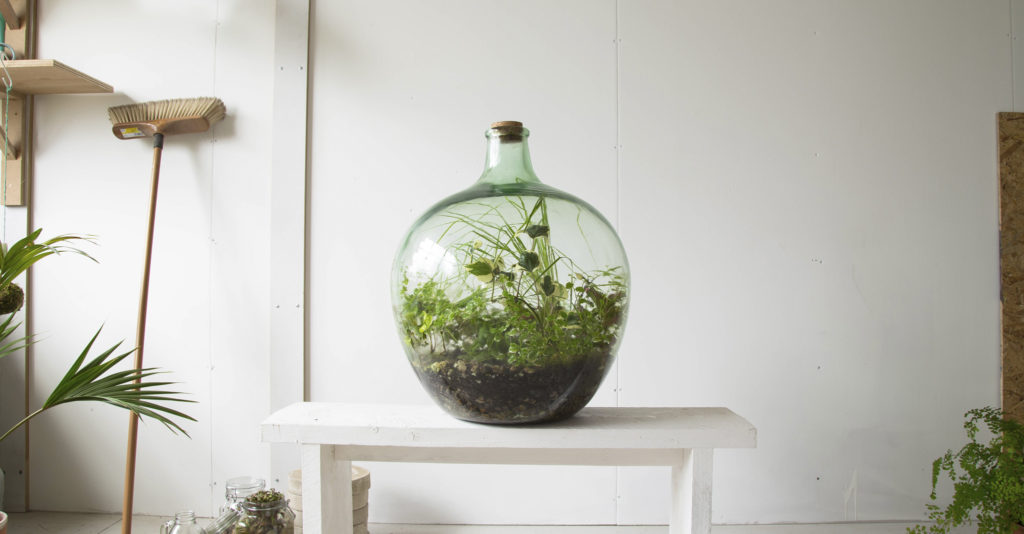
What do I do if I have to change the pot but I can’t get any materials during lockdown?
There is usually not a massive urgency in changing the pot. If you are worried you can trim the plant. Most plants should be able to wait until you can get compost and a bigger pot.
Do I need special houseplant soil?
We would suggest well-draining houseplant compost for most houseplants. For desert plants we use cacti and succulent compost. We would always suggest keeping away from any compost containing peat.
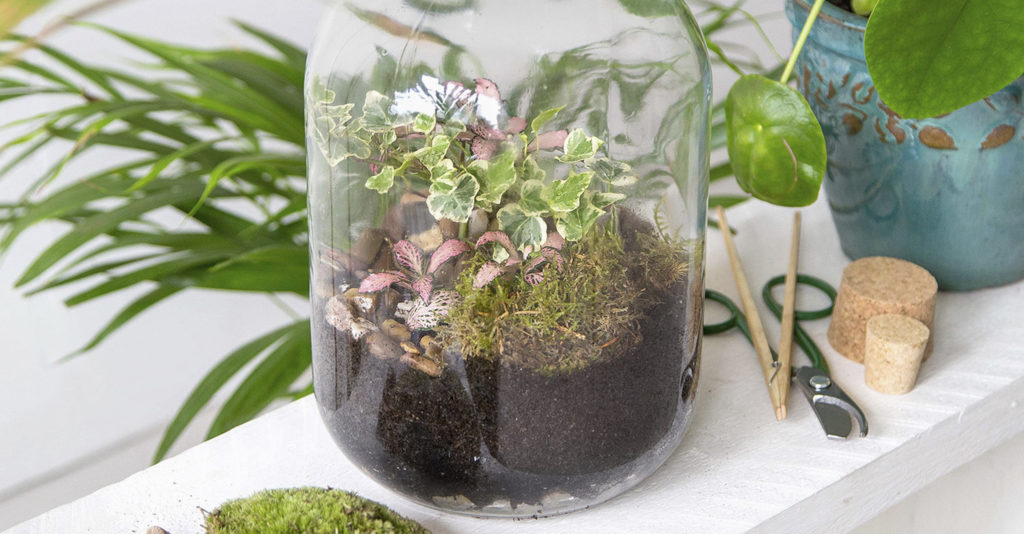
I accidentally kill every plant I buy, what kind of a houseplant should I get?
We get asked this question a lot. The answer is to take time to read up on the plant you have bought. Make sure you know the conditions it likes, how often to water, how much humidity it likes and how much sun it needs. Again, it’s easy to find this info in most houseplant books.
For general easy-to-look-after plants I suggest Devils Ivy (trailing plant), Mother In Law’s Tongue (Snake Plant) or a Peace Lily.
How do I propagate plants?
There are a few different ways to propagate your plants, by division, taking cuttings and grafting. Division is the easiest but I would absolutely recommend Root, Nurture, Grow book by Studio RoCo. We also sell lots of propagating tools like these Ceramic vessels by Plantation.
